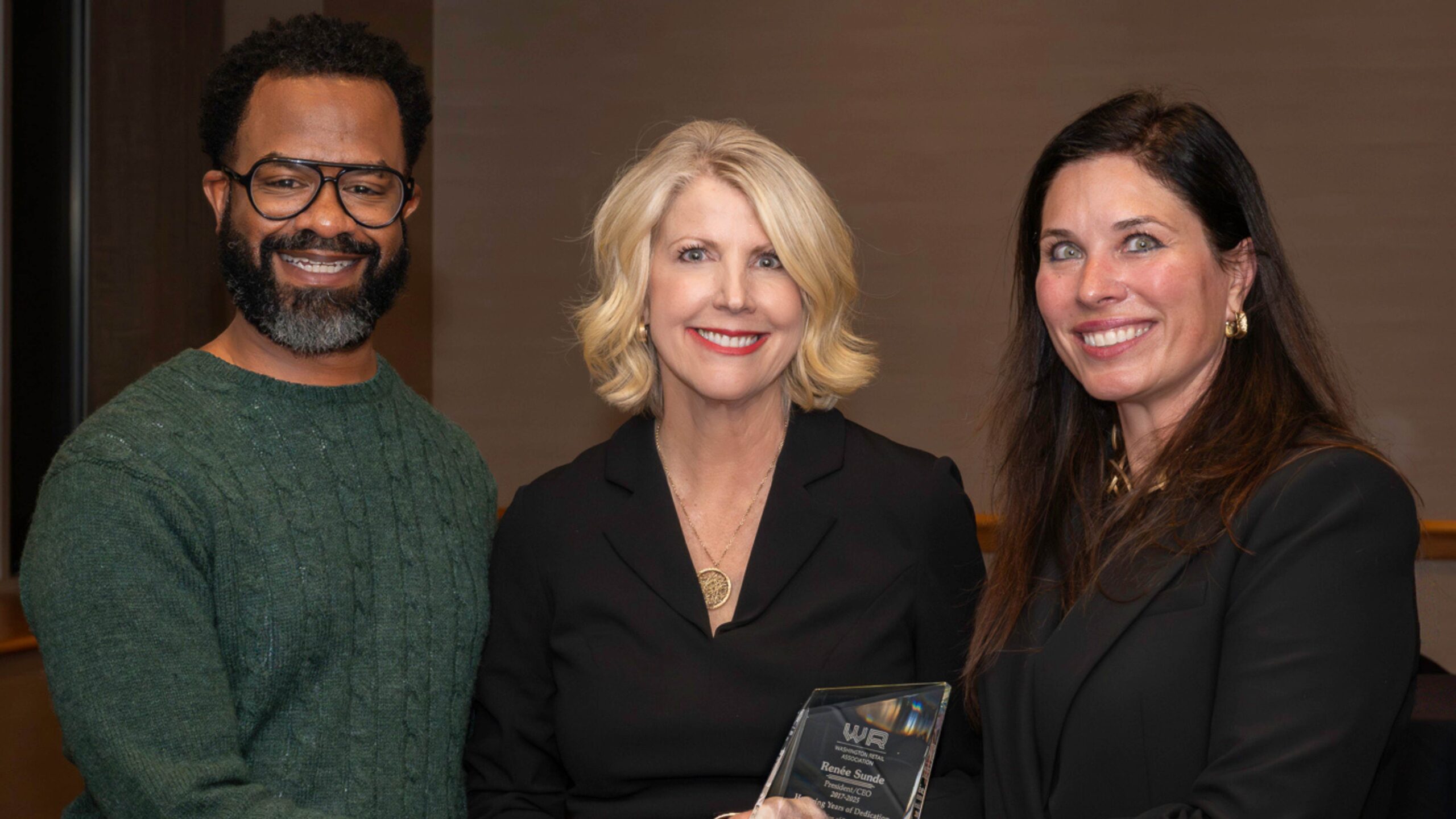
Labor & Industries (L&I) has proposed an average 4.9% workers’ compensation rate increase for 2026 across 293 of the state’s 327 risk classes. While this avoids the double-digit hike implied by the actuarial break-even rate of 13.3%, the difference will once again be covered by the contingency reserve.
While this provides short-term relief for employers—who will shoulder about 75% of the increase—it raises long-term sustainability concerns. National research comparing all 51 U.S. workers’ compensation systems highlights two ways Washington’s system is distinct:
- No independent financial rating – Unlike private insurers in other states, Washington’s state fund is not evaluated by AM Best or any comparable rating entity. That leaves employers and policymakers without an external benchmark on solvency.
- High national cost ranking – Washington’s benefit costs remain among the highest in the nation because over 75% are spent on time loss and pensions instead of medical. The national median on medical benefits is 53%.
The issue is not just the 2026 increase, but the state’s continued reliance on the contingency reserve since 2021. Without reforms, Washington risks facing larger and more disruptive increases in the years ahead.
Public hearings are scheduled or send written comments by 5 p.m. on Oct. 30. Final rates will be adopted Nov. 26 and take effect Jan. 1, 2026.
- Oct. 28 at 10 a.m. – L&I Headquarters, Tumwater
- Oct. 29 at 9 a.m. – CenterPlace Event Center, Spokane Valley
- Oct. 30 at 10 a.m. (virtual only) –Zoom Meeting, or by phone at 253-215-8782

